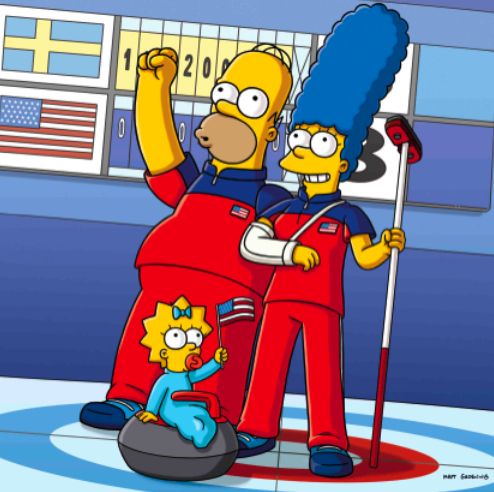 [Bianculli here: I'm keeping this column up for another day to promote both curling -- there are more games today (Wednesday), starting at noon ET on USA Network -- and our newest contributor. She's Cindy Ronzoni, who has decades of experience as a high-profile TV publicist and analyst - and, more to the point for today's column, also has actual, and enviable, experience at my favorite Olympic sport: curling...]
[Bianculli here: I'm keeping this column up for another day to promote both curling -- there are more games today (Wednesday), starting at noon ET on USA Network -- and our newest contributor. She's Cindy Ronzoni, who has decades of experience as a high-profile TV publicist and analyst - and, more to the point for today's column, also has actual, and enviable, experience at my favorite Olympic sport: curling...]
10 Reasons Why Curling Is Cool
By Cindy Ronzoni
If a group of spectators was asked which sport is the silliest, the hands-down answer would be curling. Curling is the Rodney Dangerfield of athletics -- it gets no respect. It's been that way in the USA for years. But in places like Canada and Scotland (where the sport originated), curlers are revered as rock stars.
And the heckling may soon stop in the U.S., thanks to NBC devoting more than 100 hours to curling coverage during the 2010 Winter Olympics. TV coverage begins today (Tuesday, Feb. 16) when the U.S. men's curling team takes on Germany (at noon ET on USA), while the U.S. women face Japan (at 5 p.m. ET on CNBC) -- two tough competitions.
Though curling made its Olympic debut in 1998, the sport came front and center during 2002's Salt Lake City Games, when NBC's networks featured more than 50 hours of coverage. Then NBC's 2006 Torino Games aired more than 80 hours of brooms on ice.
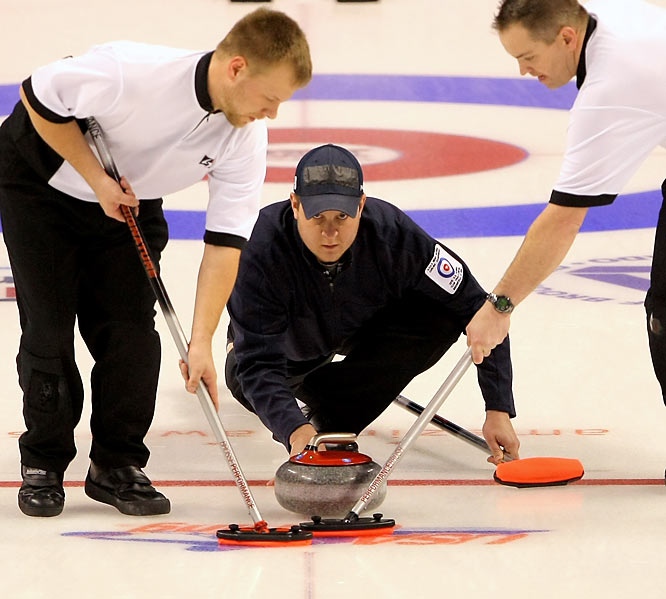
I know TV coverage makes a difference, because that's how I became a curler in Southern California. My parents had curled before moving from northern Minnesota, but the Los Angeles club closed in the late '60s. It wasn't until 2002 that a curling club was talked about in Southern California again, and it didn't stick until after the Torino Games. Fortunately, I was able to be a part of that 2006 start-up process, and from that, I was able to learn the game from scratch. We now have active curling leagues in Simi Valley, Van Nuys, Escondido and Westminster. Southern California has become a curling Mecca. Who knew?
But the sport is growing all across America. The United States Curling Association reports membership increased 27 percent from 2002-2009, as 20 new clubs started in places as unexpected as Arizona, Tennessee and Texas. The USCA now has nearly 17,000 registered curlers, with more than 16,000 additional junior curlers. And thanks to NBC's ever-expanding Olympics curling coverage, the USCA is expecting more growth. Our regular Learn-To-Curl event at the Hollywood Curling Club averages 30 new curlers, but last week's public event drew more than 140. Every curling club in America is getting ready to handle post-Vancouver crowds. Curling fever has definitely hit the U.S.
Why is curling becoming cool? Here's my Top Ten list of reasons curling is finally getting some U.S. respect.
10. Drinking is allowed. Drinking of alcoholic beverages for those of age is encouraged in this sport. There's even a name for it -- broom staking. The winning team traditionally takes the losers out for a drink of their choice.
9. Easy-to-follow. Curling is one of the easiest sports to explain, especially to those who know how shuffleboard or bocce ball is played. Curling basically is shuffleboard on ice. Points are made by being closest to the middle (the button).
8. One of the positions is called the Skip. Each team has four positions -- Lead, Second, Vice-Skip and Skip. The Skip is the quarterback of the team, and as such, he/she doesn't ever sweep, but is in charge of the strategy of the game. Who wouldn't love being called Skip?
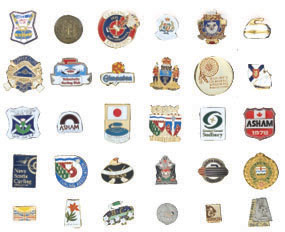
7. Trading pins. Just like you see at the Olympics, pin-trading is part of the sport. Each club designs a curling pin and hands them out when playing other clubs. It's common to see curlers' hats and vests covered with pins from clubs all over the world.
6. Curling mixes competitiveness with socializing. At the start and end of every game, each curler shakes the opposing players' hands and says "Good curling." The game is about honor and good sportsmanship. And the teams come together again to share a beverage after the eight ends of play.
5. Delivery stick. How many sports have a delivery stick? For those curlers with bum knees or who are unable to crouch, a delivery stick can be used legally. This sport allows people to enjoy playing even when their knees give out.
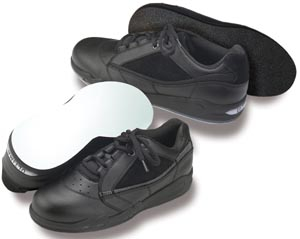
4. Teflon-bottom shoe. Curling shoes allow top performance, but also insulate the feet when standing on the ice. The left foot is the proper sliding foot for those right-handed, and vice versa for left-handers. In order to slide properly, the sole of the curling shoe has a Teflon bottom, and when worn on ice, it's like stepping on a banana peel.
3. Hurry, Hurry, Hard, Hard. Curling has fun terminology, like the sweeping commands "hurry, hurry, hard, hard," instructing the sweepers to sweep hard and fast. Other cool terms include hack (the device you slide out of), take-out (bumping another stone out of the house), draw weight (throwing the stone to land in the house), and freeze (when the stone rests next to another).
2. Mainstream media have caught the fever. Curling has been receiving attention from such national outlets as HBO's Real Sports With Bryant Gumbel, NBC's The Jay Leno Show, Comedy Central's Colbert Report and numerous publications, including a front page sports story in the Los Angeles Times.
1. Marge and Homer Simpson say it's cool to curl. That's right. Fox's award-winning series The Simpsons featured curling in its special Winter Olympics themed episode last Sunday (Feb. 14). If The Simpsons thinks curling is cool, that's the best endorsement the sport could get as a barometer of what's truly hip in the world.
Curling may be the butt of jokes right now. And those who try it will land "on their butts" more than once learning the delivery of a 42-pound granite rock. But once I delivered my first stone, I was hooked. Gliding on the ice and controlling the speed of that circular granite rock was a rush I had never experienced, even as a collegiate volleyball champion. In my short curling tenure, I've competed in several bonspiels (tournaments) and become a certified instructor.
Who knows? If you start curling today, it might be you that NBC features in four years from Sochi, Russia.
--
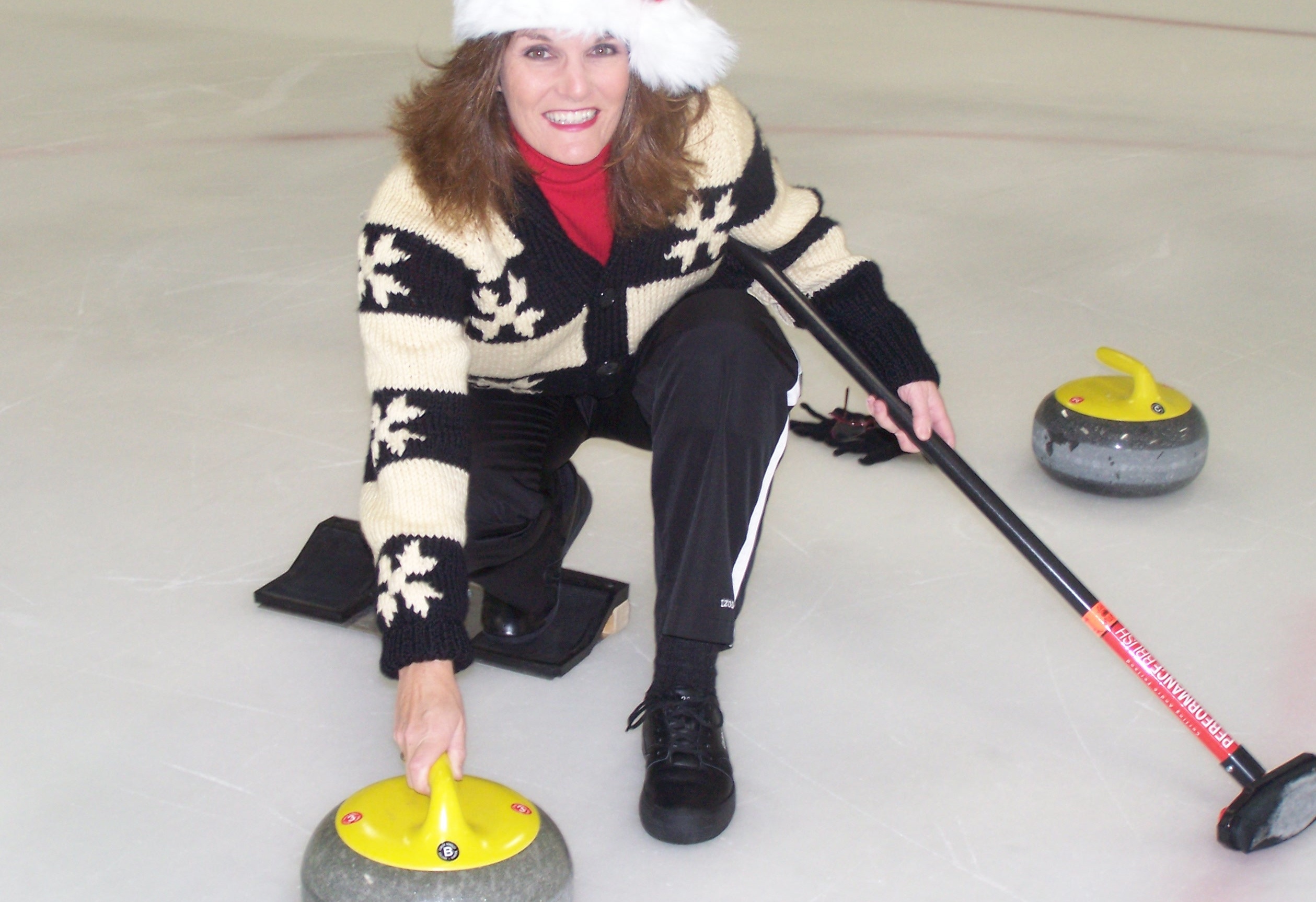
Cindy Ronzoni -- a veteran Hollywood media-strategy executive for Fox and other networks -- began her curling career after the 2002 Olympic Games. She has been a member of the Hollywood Curling Club and San Diego Curling Club, and is now involved in the formation of OC Curling. When she's not on the ice, she's tracking media trends in public relations, social media and marketing. Read her observations at cindyronzoni.com.